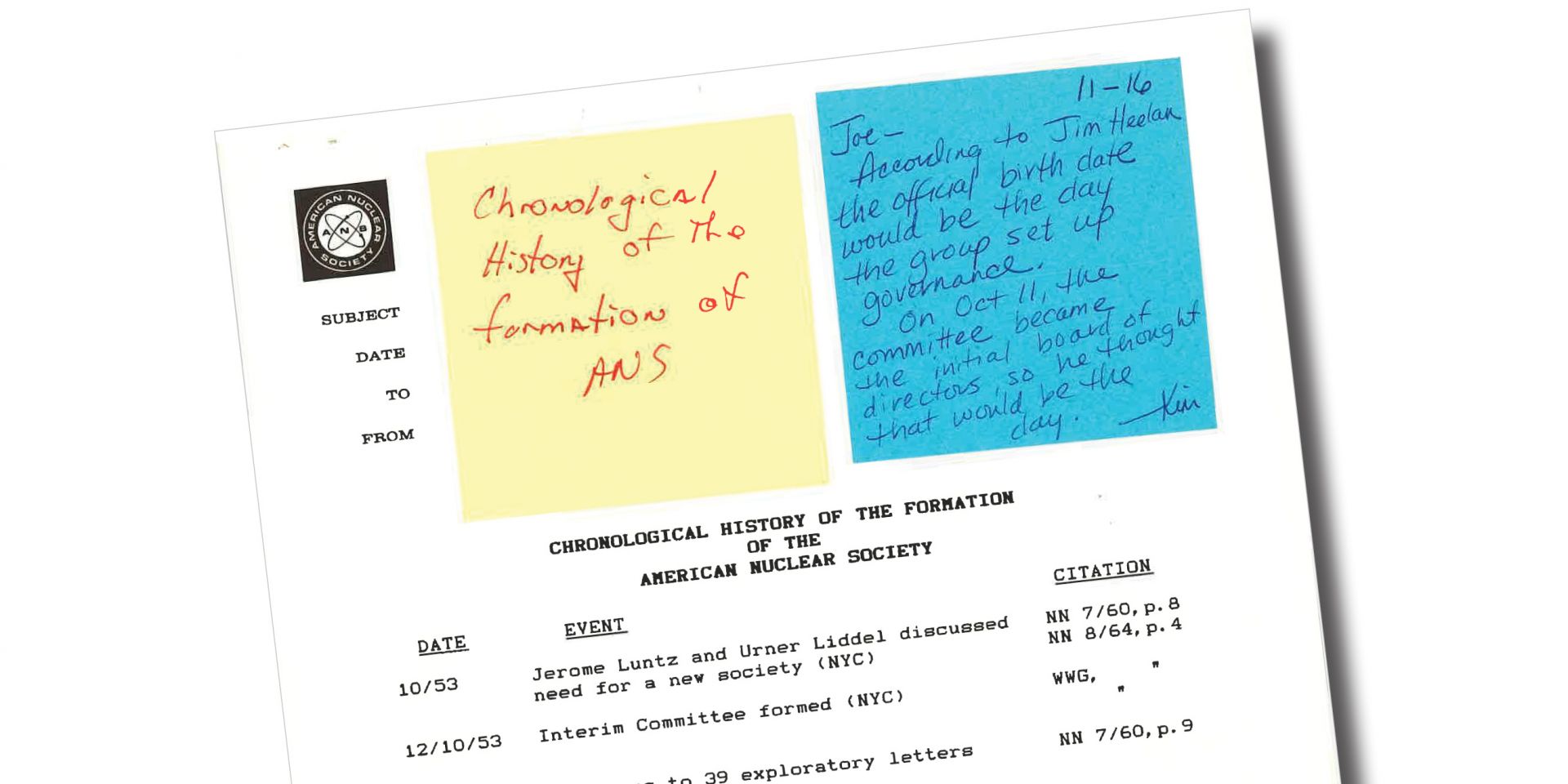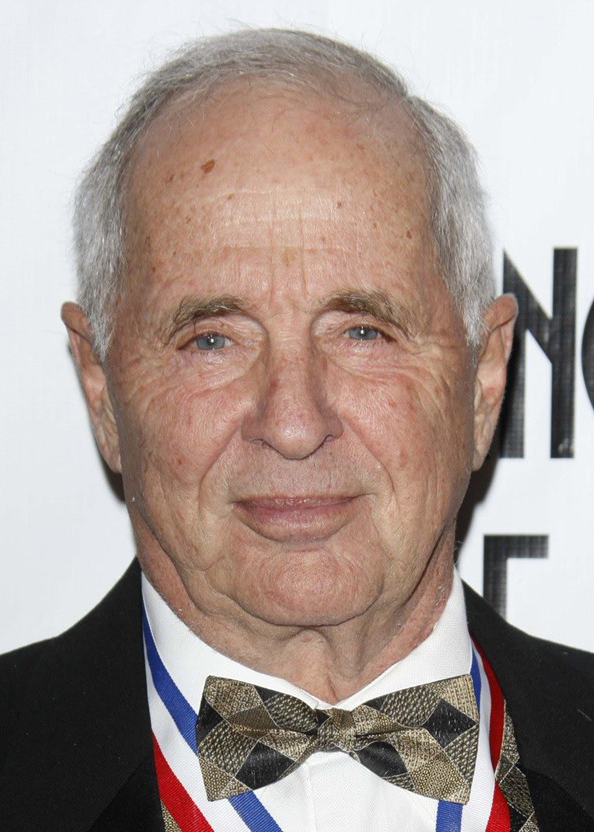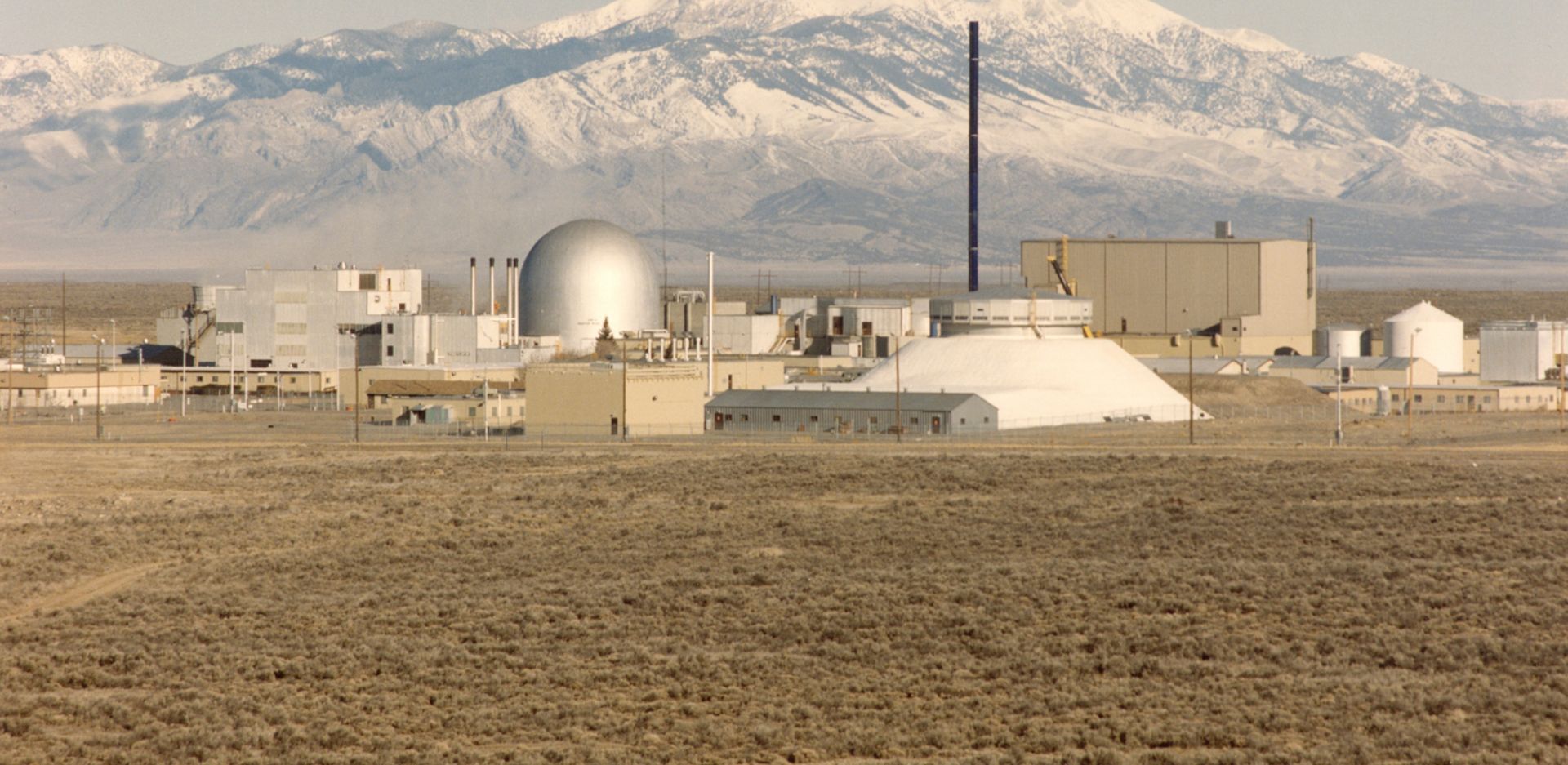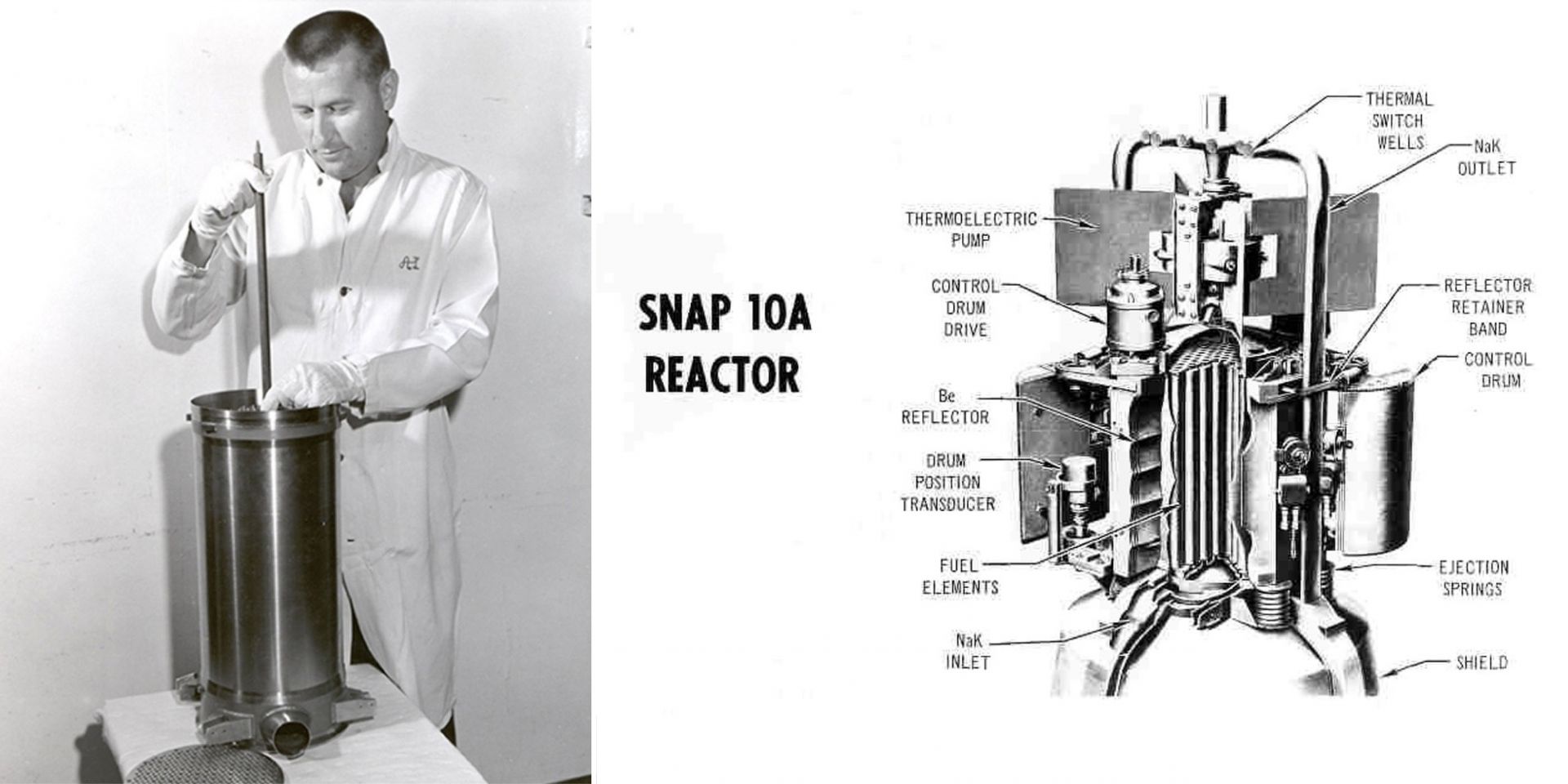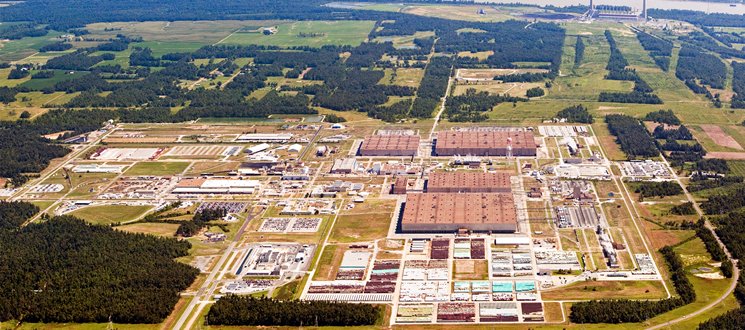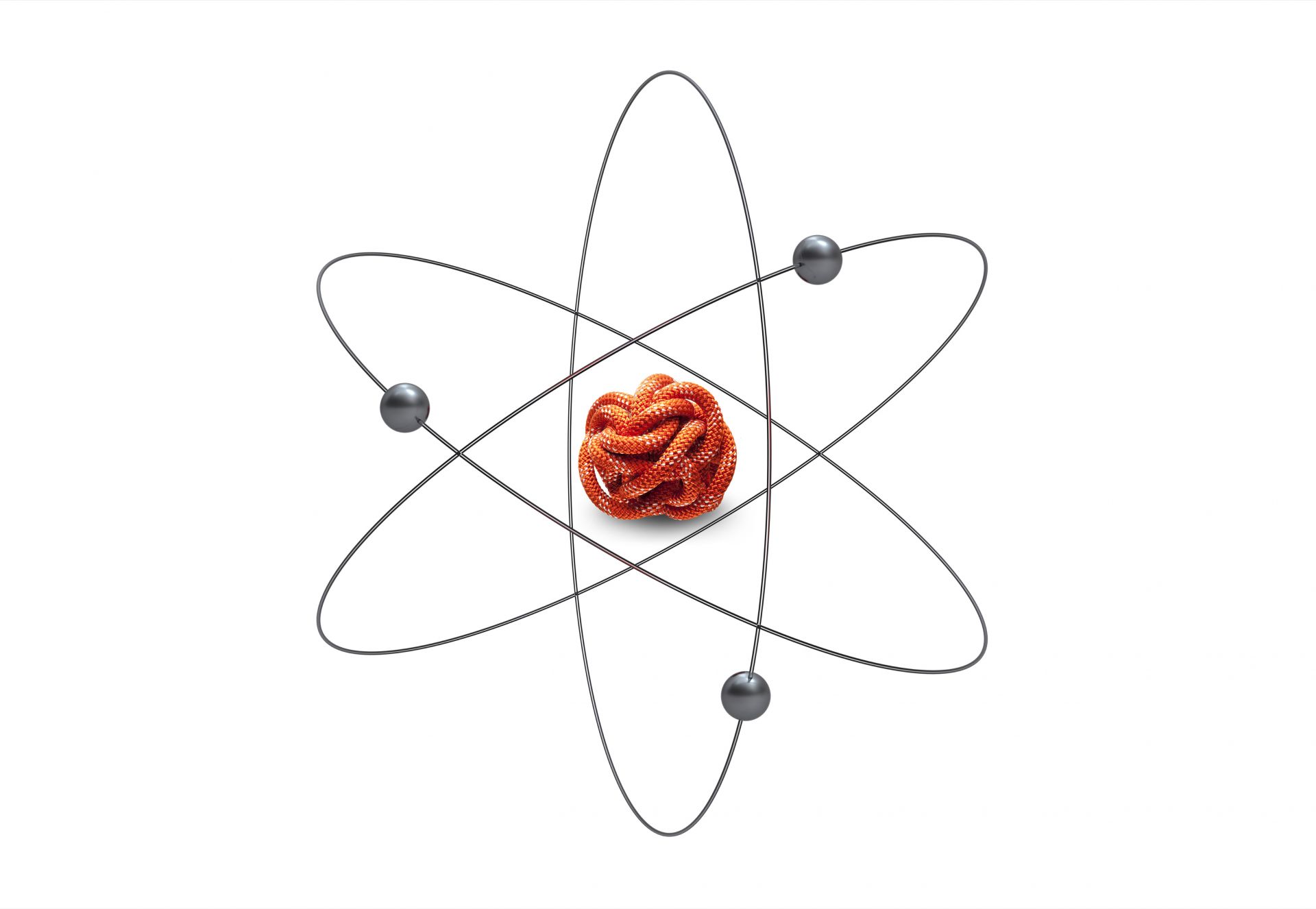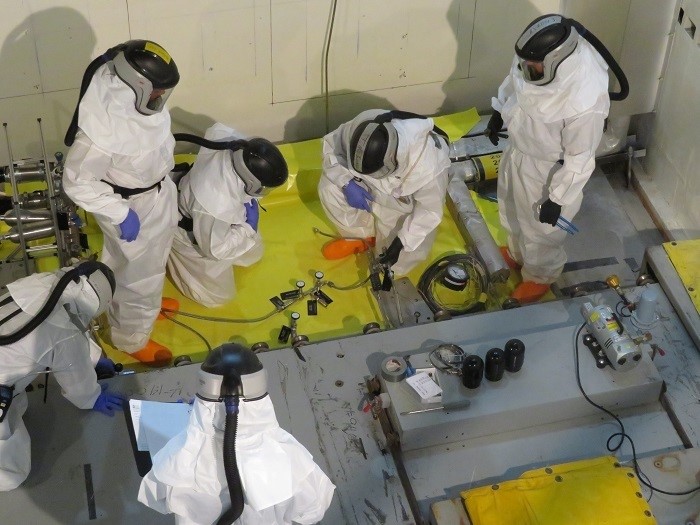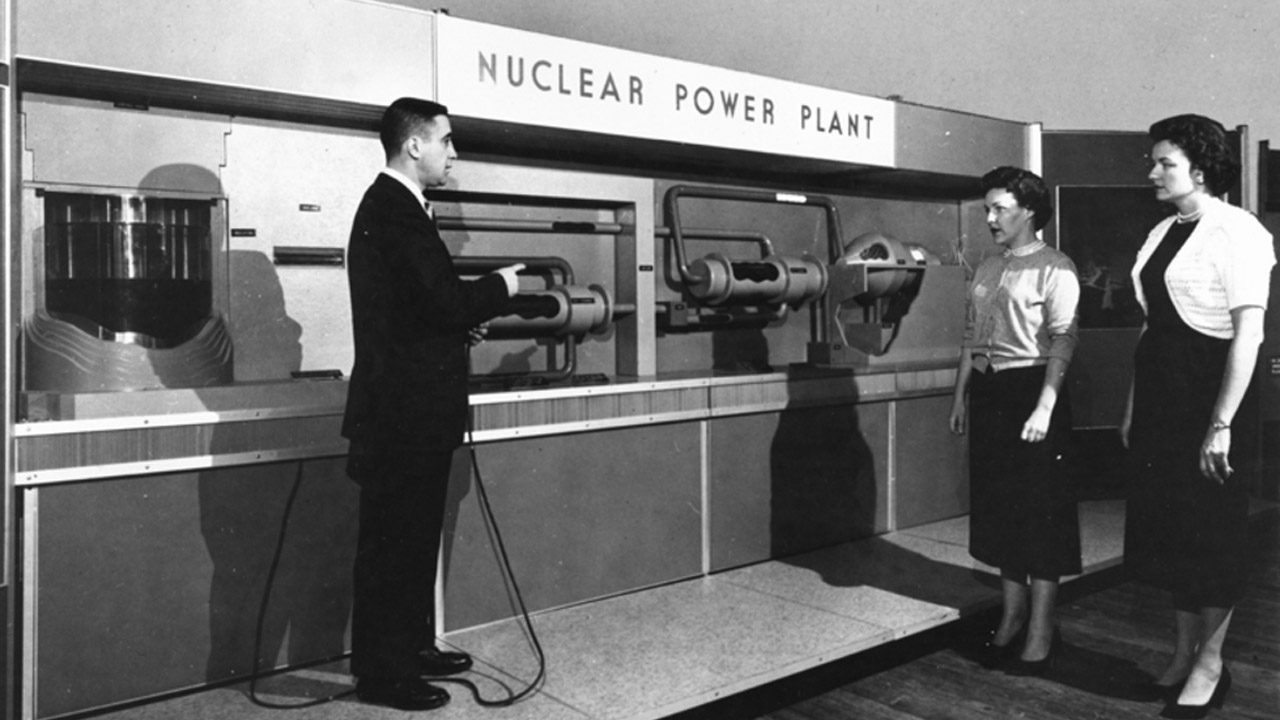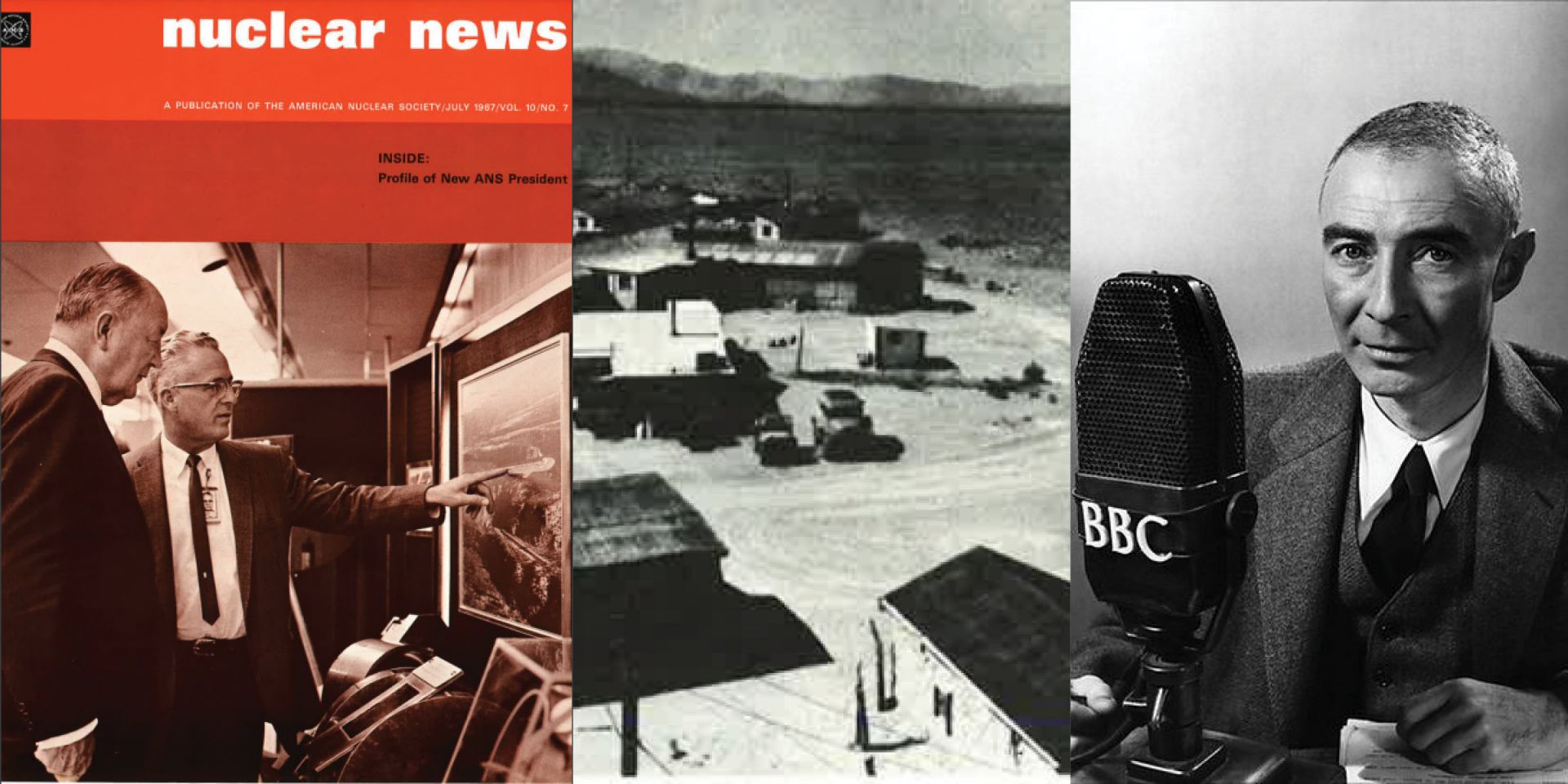An internal memo explaining the history of ANS.
This year marks the 70th anniversary of the founding of the American Nuclear Society.
Plenty of sources incorrectly list our birthday, but the reality is that October 11, 1954, is the correct date for the establishment of ANS.
September 12, 2024, 12:00PMNuclear NewsErhard W. Koehler and Anne Jennings N.S. Savannah docked in Baltimore in May 2024. (Photo: MARAD)
The American Nuclear Society was formed in 1954 in the wake of President Eisenhower’s seminal Atoms for Peace speech. Around the same time that Congress was debating the Atomic Energy Act and John Landis was helping establish ANS, the National Security Council began deliberating about adding a nuclear-powered merchant ship to the nascent Atoms for Peace program. We like to imagine that the idea germinated after Mamie Eisenhower christened the U.S.S. Nautilus, but the truth seems much drier. Regardless, Ike championed the project and announced it to a surprised crowd in an April 1955 speech in New York City at the Waldorf Astoria Hotel. Landis would become the principal architect of the ship’s nuclear power plant. Although Savannah’s reactor now rests in the low-level radwaste repository in Clive, Utah, the ship’s prospects are as bright as the future of ANS itself.
The Argonne-West laboratory site before it was merged with the Idaho National Engineering and Environmental Laboratory into today’s Idaho National Laboratory. The silver dome in the photo is Experimental Breeder Reactor-II, the silver structure with the flat top and sloping sides is the Zero Power Plutonium Reactor, and the brown boxlike structure behind ZPPR is the Hot Fuel Examination Facility. (Photo: Argonne National Laboratory)
Idaho’s nuclear energy history is deep and rich. The National Reactor Testing Station (NRTS) began its history as an artillery testing range in the 1940s.1 Following World War II, Walter Zinn, Argonne National Laboratory’s founding director and Manhattan Project Chicago Pile-1 project manager, proposed to the Atomic Energy Commission that a remote location be found for building test reactors. In 1949, he and Roger S. Warner, AEC’s director of engineering,2 developed a list of potential sites from which the NRTS was selected. Over the decades, quite a few companies and AEC national laboratories built 52 experimental and test reactors at the NRTS, including 14 by Argonne.3 (For a brief AEC video on the NRTS, see youtube.com/watch?v=C458NsH08TI.)
Left: A technician inserts a steel tube containing fuel into the SNAP-10A reactor core vessel. (Photo: DOE) Right: A cross-section view of the reactor. (Image: DOE)
Systems for Nuclear Auxiliary Power (SNAP) was an Atomic Energy Commission program with the goal of producing a portable and dependable power source centered around nuclear technology that could be utilized in land, sea, and space applications. The program aimed to provide a compact reactor—a necessity for space applications—and ran from 1955 until 1973, when it was discontinued.
October 31, 1928–March 31, 2024

Jupiter
Clyde Peter Jupiter passed away peacefully March 31, 2024, at the age of 95. Born October 31, 1928, in New Orleans, La., Jupiter attended public and parochial schools in New Orleans, graduating from Xavier University in 1948. He was a member of the Alpha Phi Alpha fraternity and was noted as one of the first African Americans to attend Notre Dame University in 1949.
Following graduation, Jupiter pursued a career in the field of physics, where he was renowned for his contributions to nuclear radiation detection and the advancing of nuclear energy. His career in the nuclear field included working for such agencies as the Atomic Energy Commission, Lawrence Laboratories, and the Nuclear Regulatory Commission.
He also served in the U.S. Army from 1954 to 1956 at the Chemical Corps Laboratory, in Fort Detrick, Md.
Data analyst Emily Coriell (right) demonstrates a pipe crawling robot at the career opportunities event. (Photo: DOE)
Contractors at the Department of Energy’s Paducah Site teamed up recently to highlight career opportunities available at the site during the Paducah Area Chamber of Commerce WKY (West Kentucky) Launch Experience.
ANS Executive Director/CEO Craig Piercy presented a certificate commemorating Sarram’s 60 years as an ANS member.
The American Nuclear Society is pleased to celebrate Mehdi Sarram on the 60th anniversary of his membership. He joined the Society in 1963 when he was an undergraduate in nuclear engineering at the University of Michigan and has since served the nuclear energy industry as a nuclear engineer, reactor operator, professor, and mentor. Over the years, Sarram has been active in several local ANS sections and has made remarkable contributions to the peaceful uses of nuclear energy, including bringing Iran’s first nuclear reactor to full power.
The Paducah site. (Photo: DOE)
The Department of Energy’s Office of Environmental Management has awarded a $2 million grant to the Paducah Area Chamber of Commerce for its work in considering the possible future uses of the Paducah Gaseous Diffusion Plant site in Kentucky. The project will consist of site mapping, community studies, data analysis, and development of recommended strategies.
For the first time in 26 years, work crews performed sampling of gaseous byproducts at the MSRE. (Photo: DOE)
A nuclear power display by the AEC was one of the exhibits at the Oregon Centennial Exposition and International Trade Fair in 1959. (Photo: Oregon Historical Society)
The Oregon Encyclopedia website has posted an article about the state’s Oregon Centennial Exposition and International Trade Fair, held in Portland in 1959 in celebration of Oregon’s becoming the 35th U.S state 100 years prior. The Oregon Encyclopedia is a project of the Oregon Historical Society.



